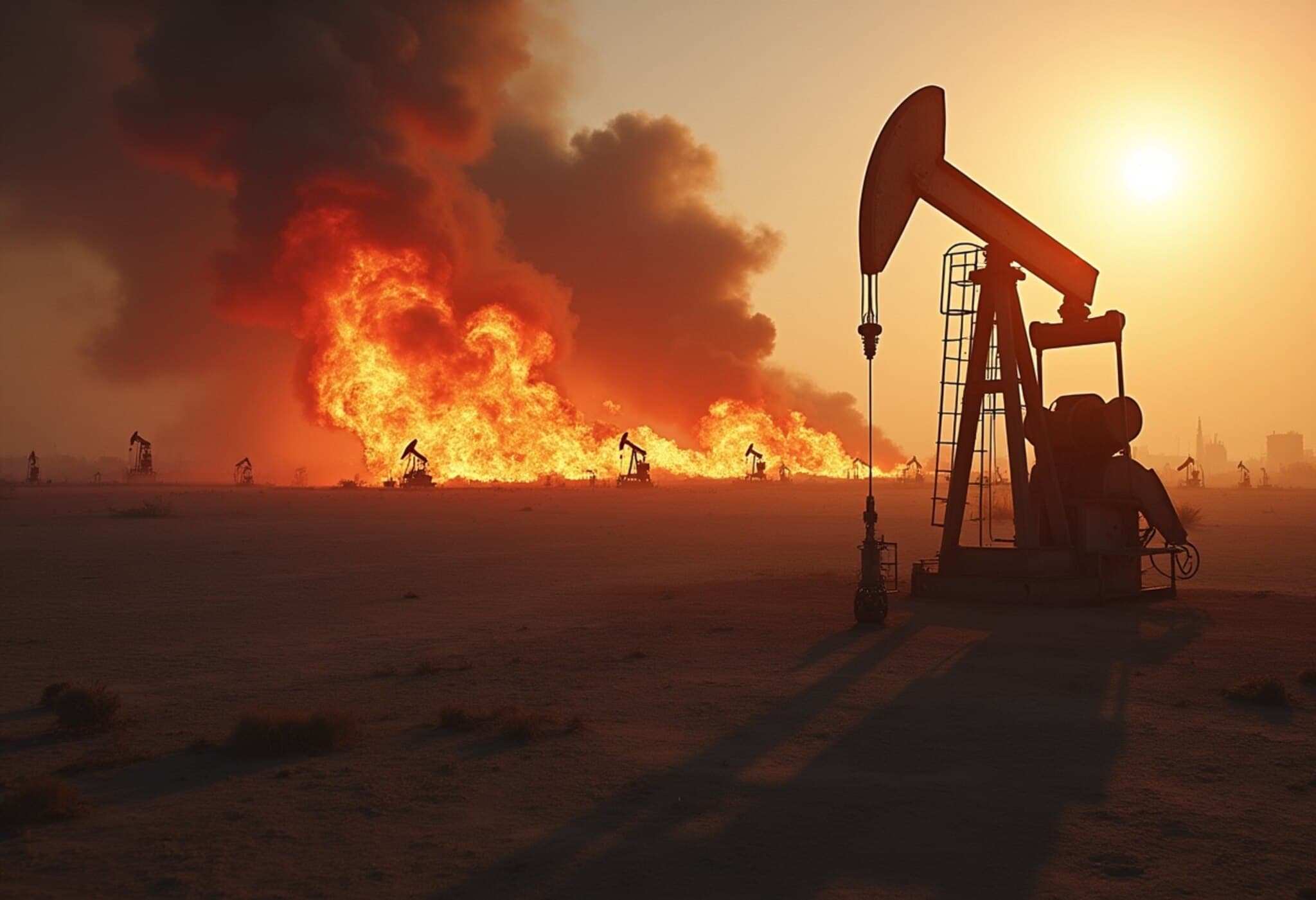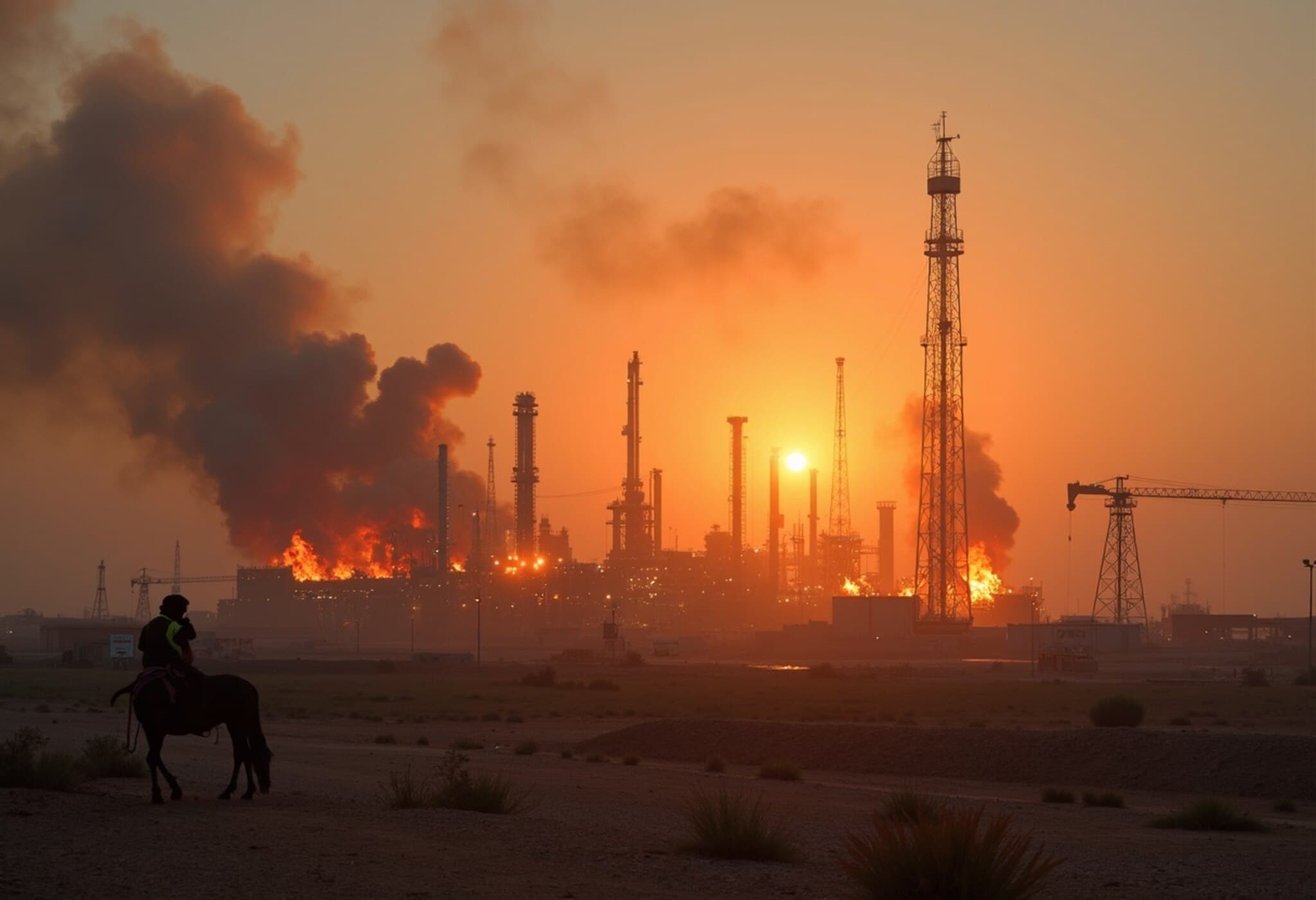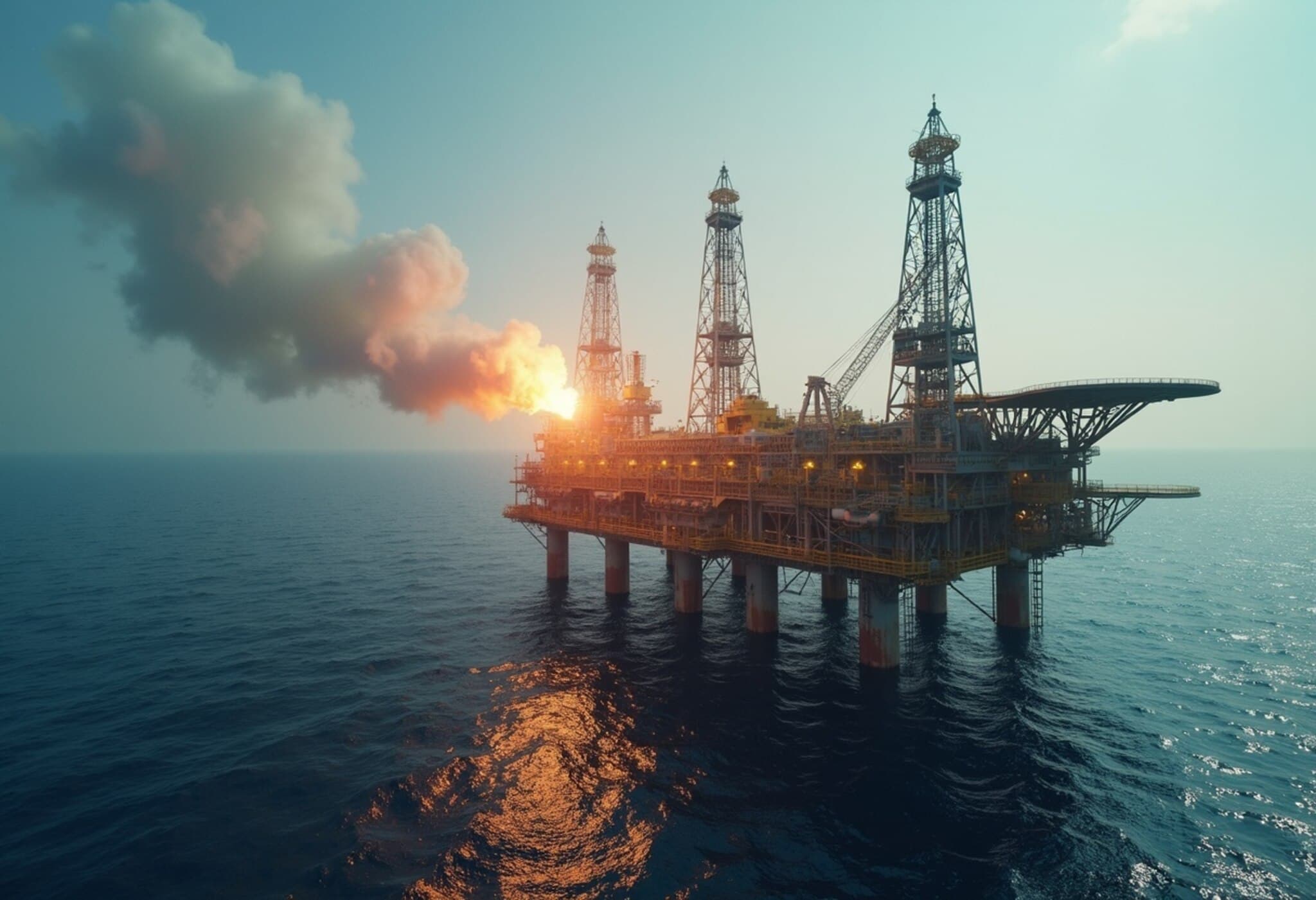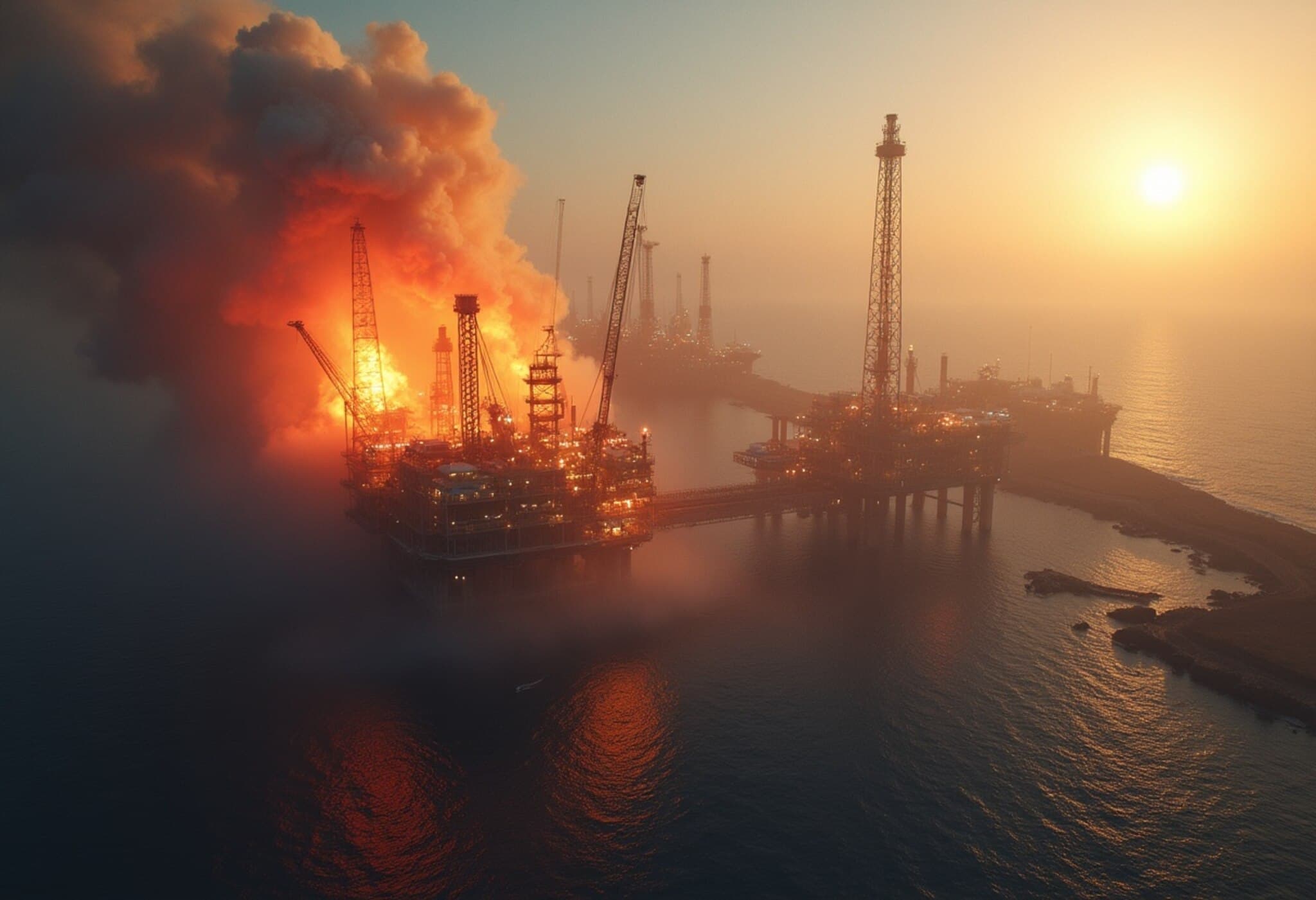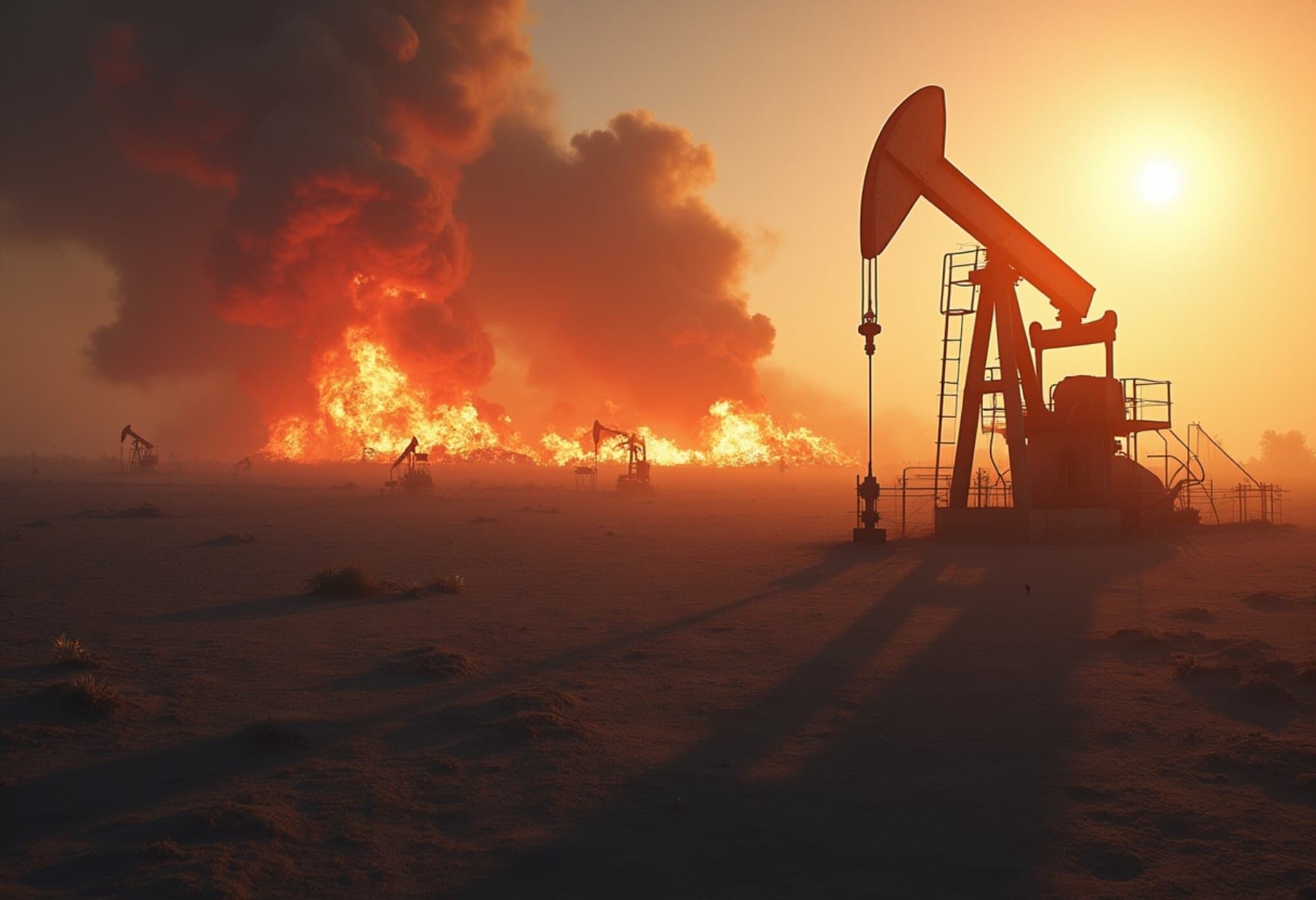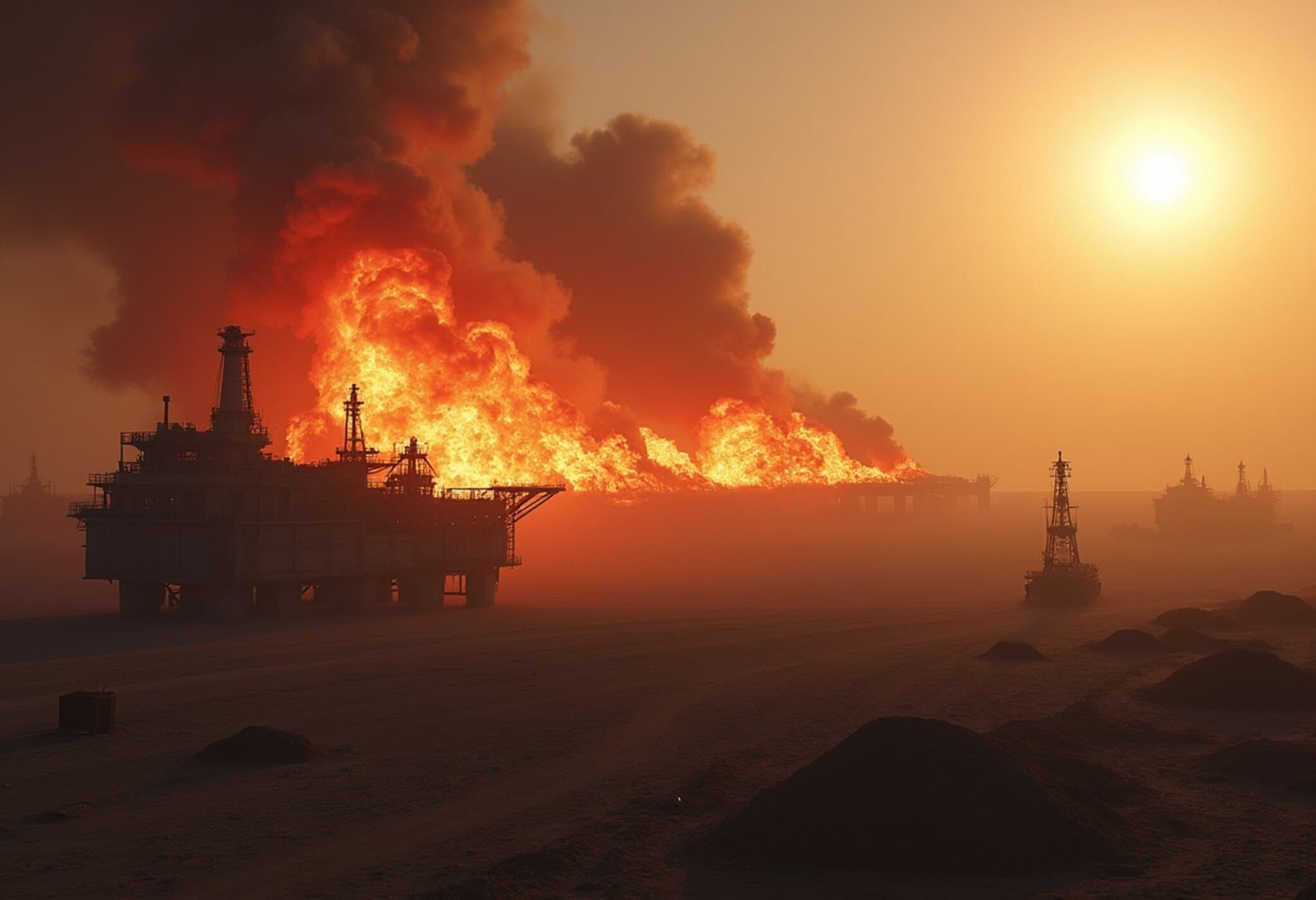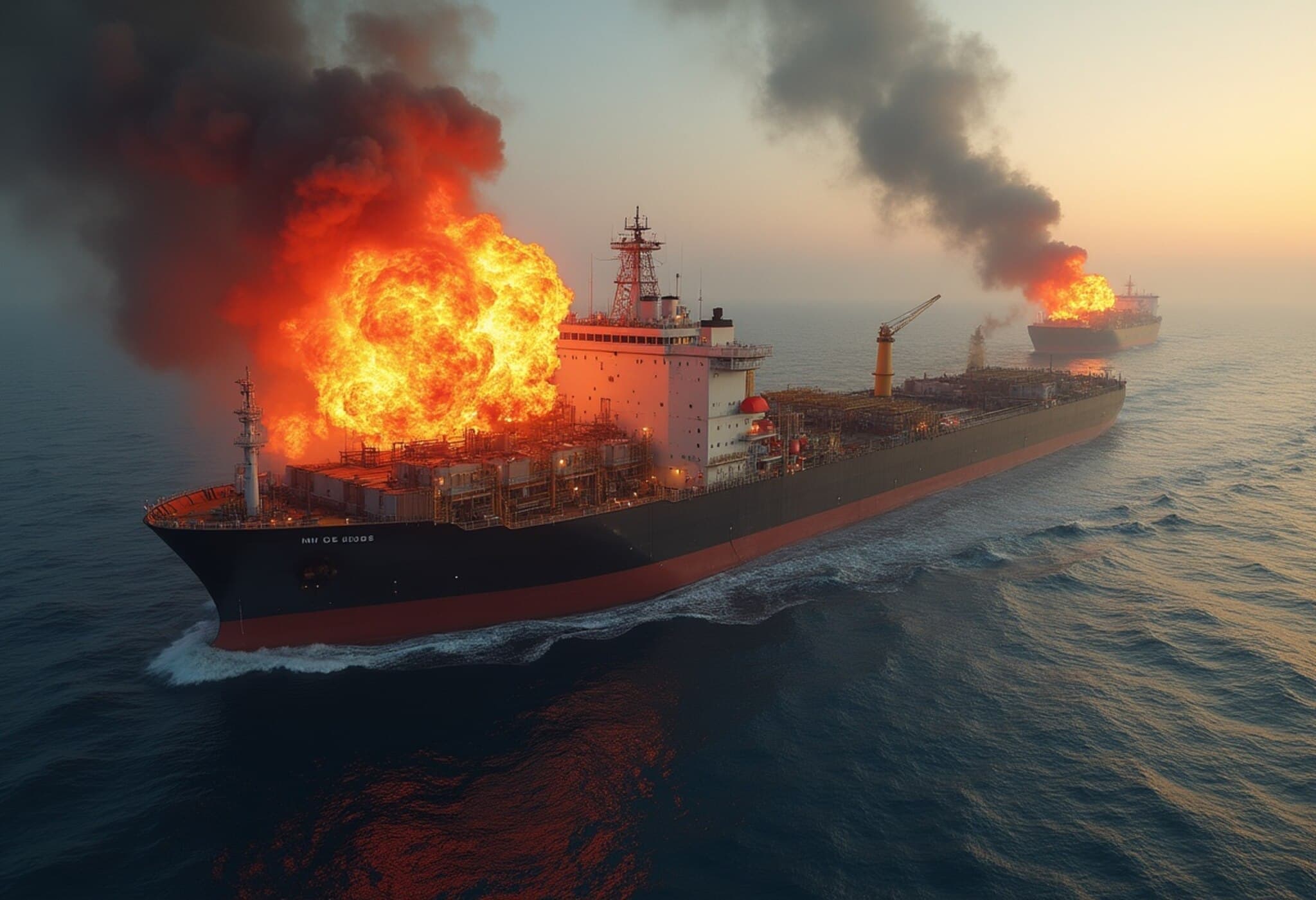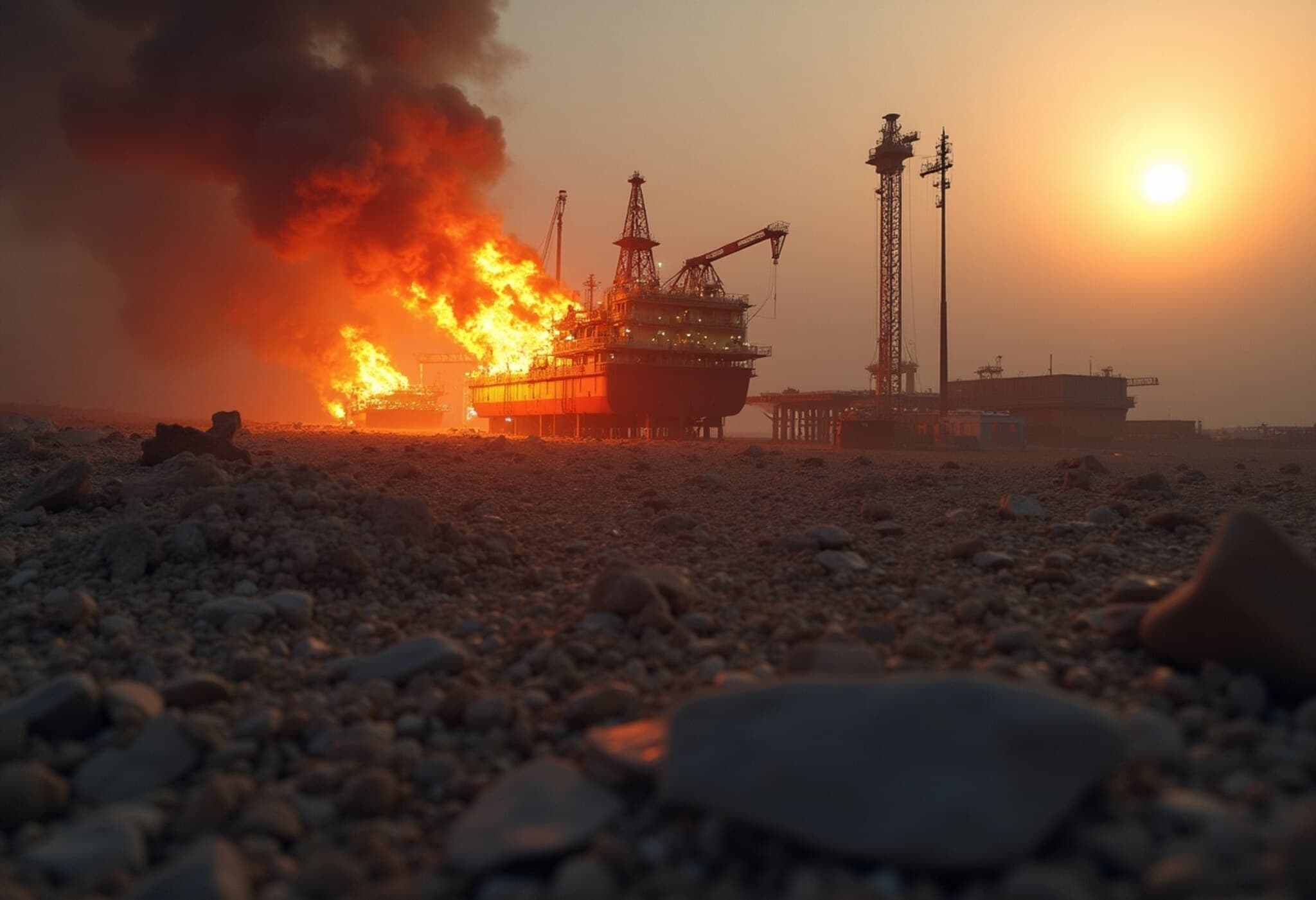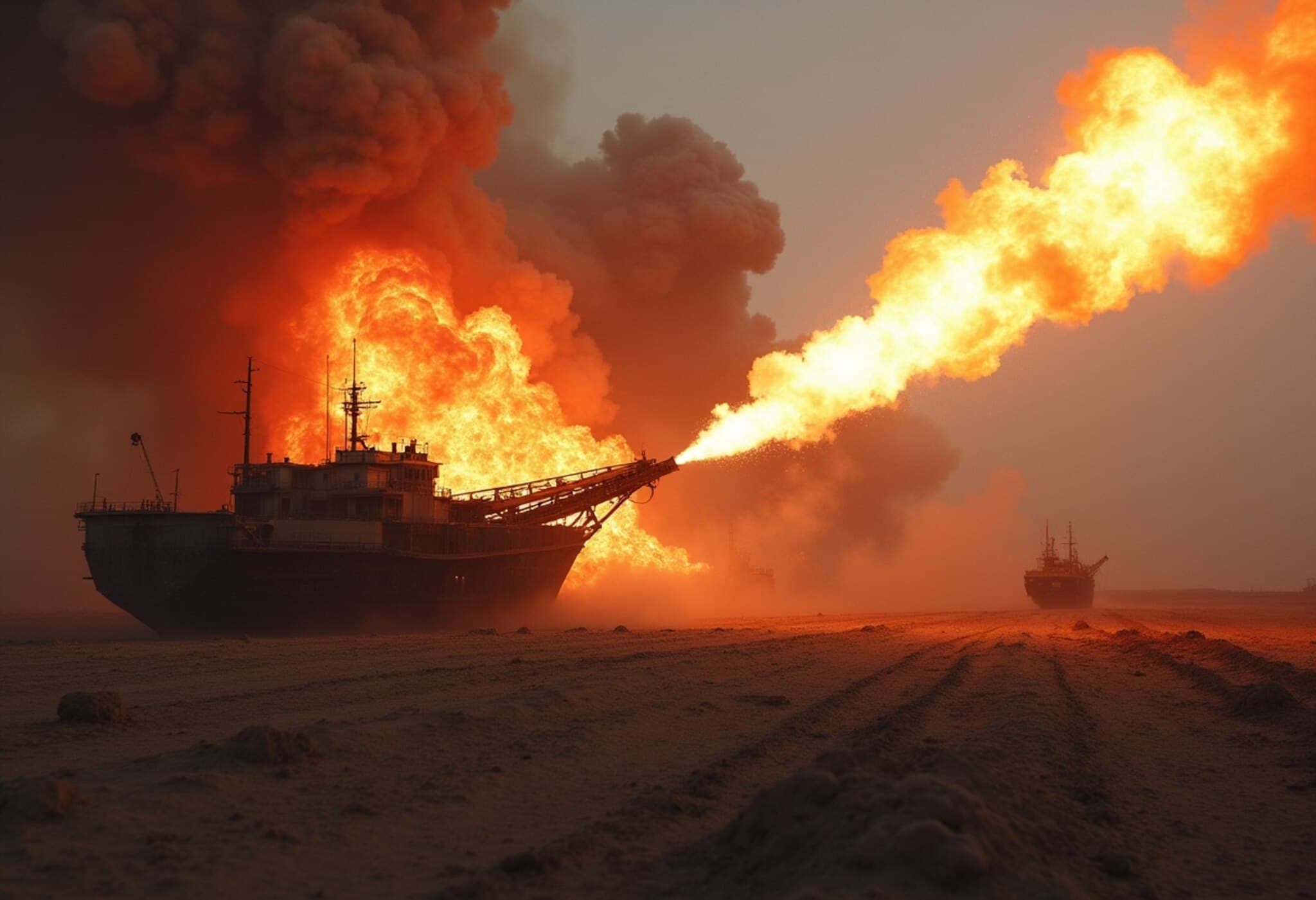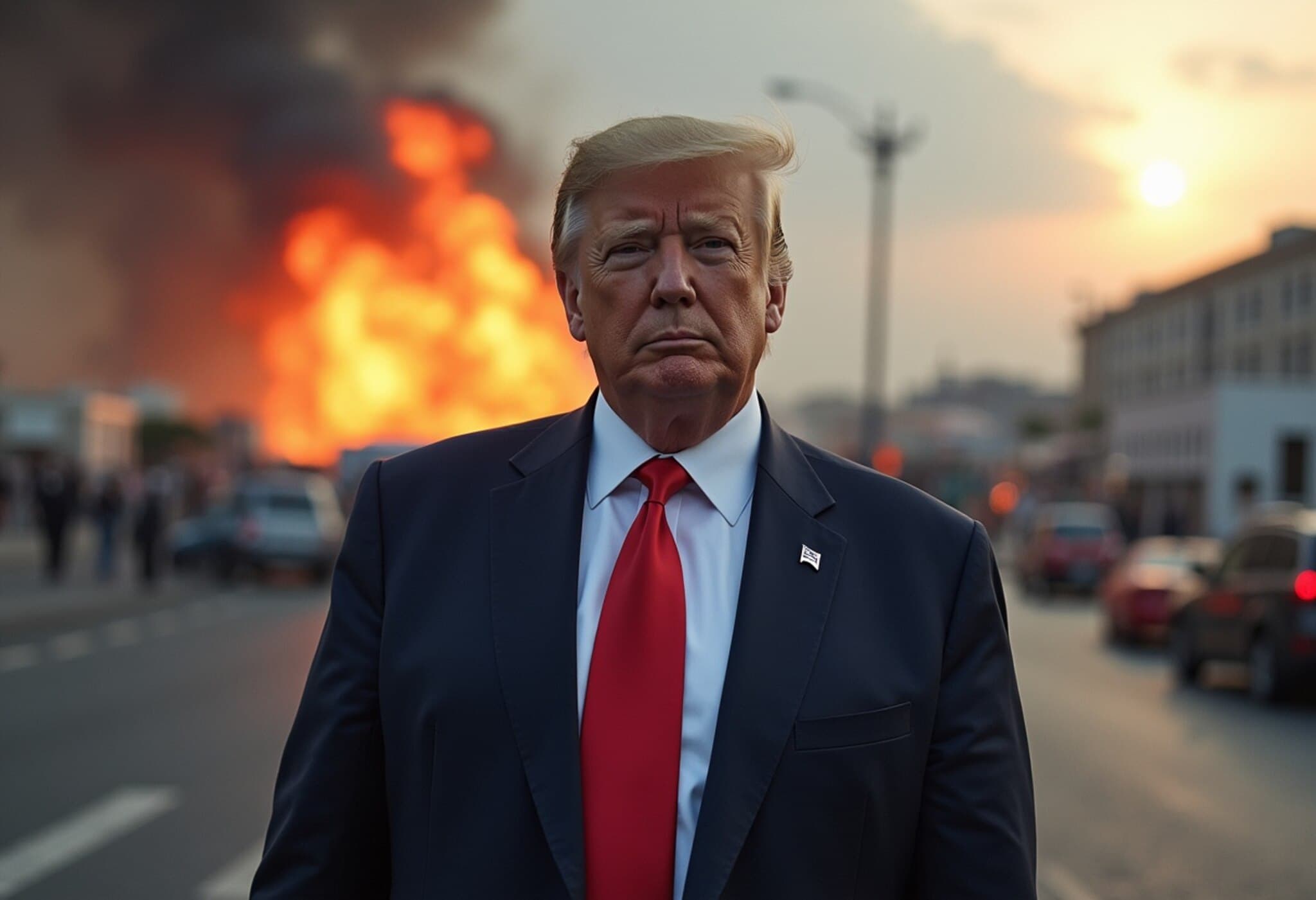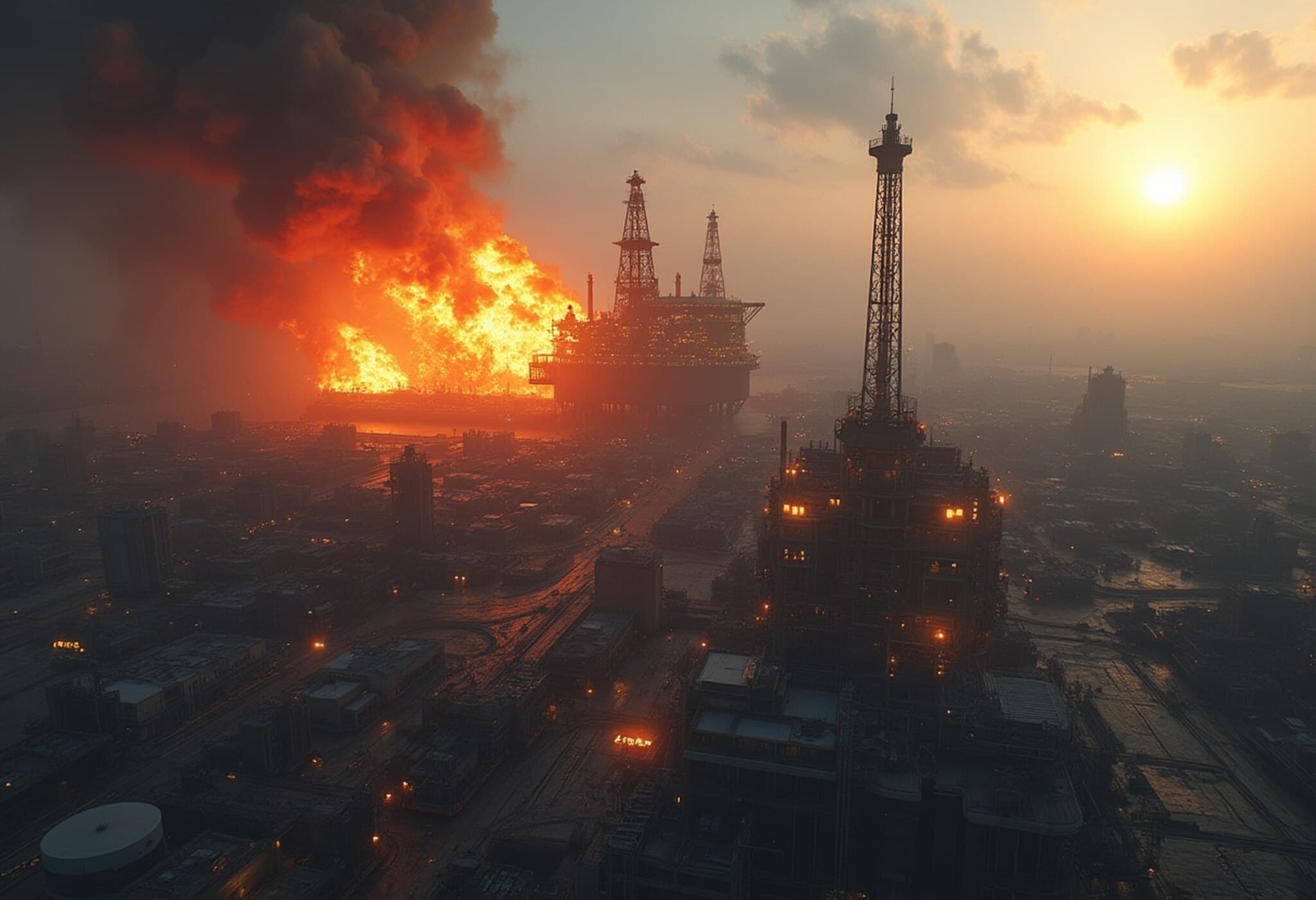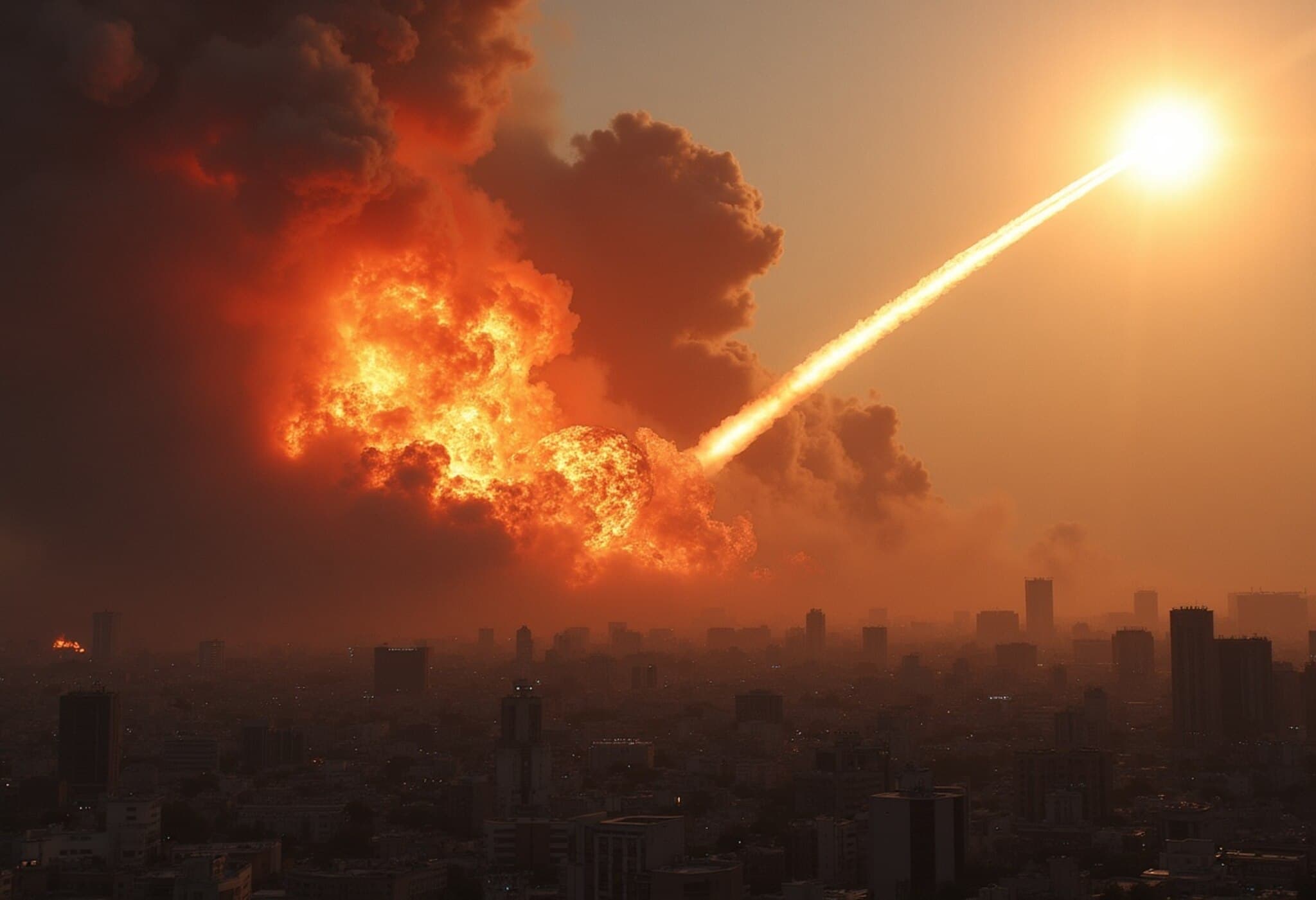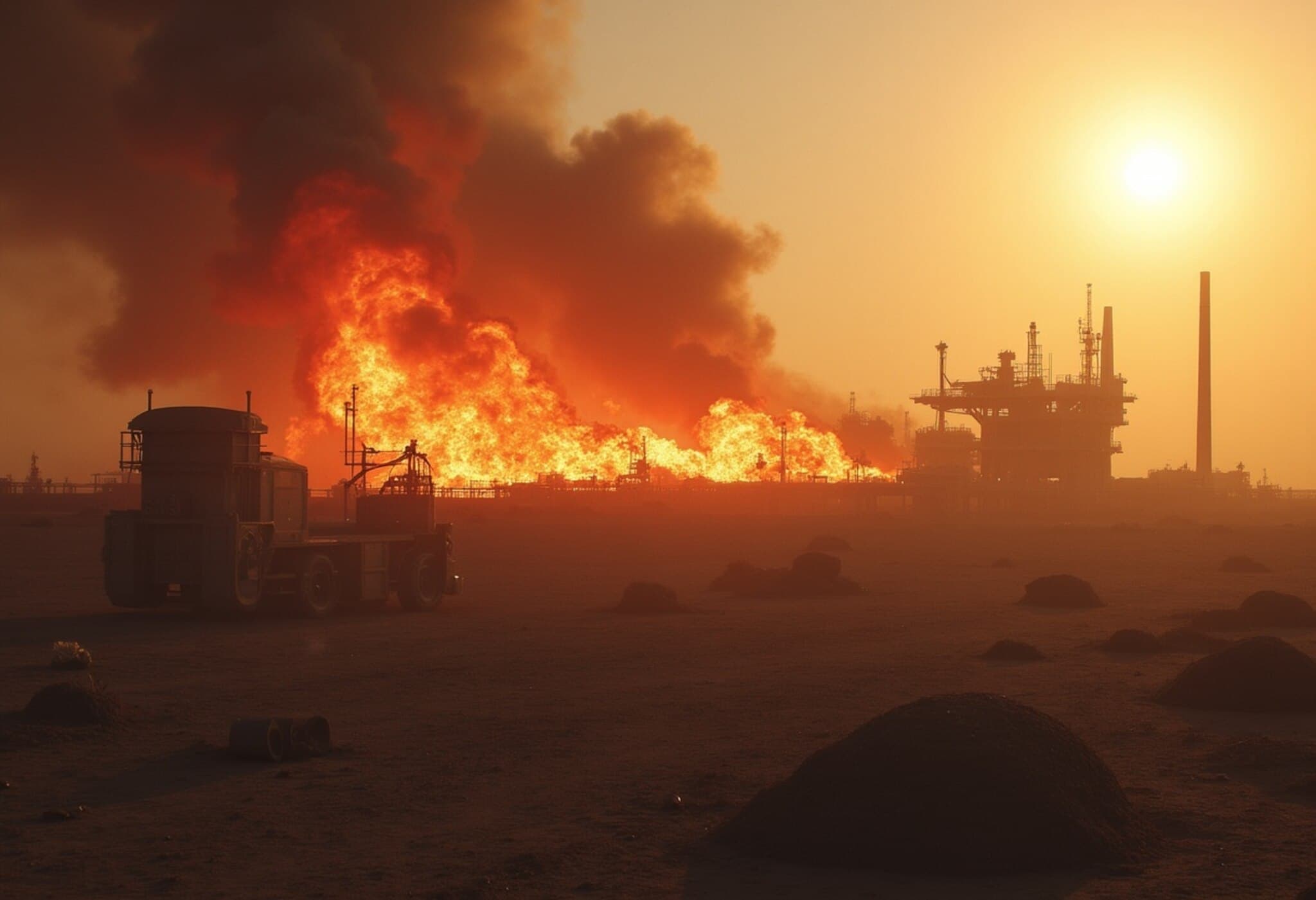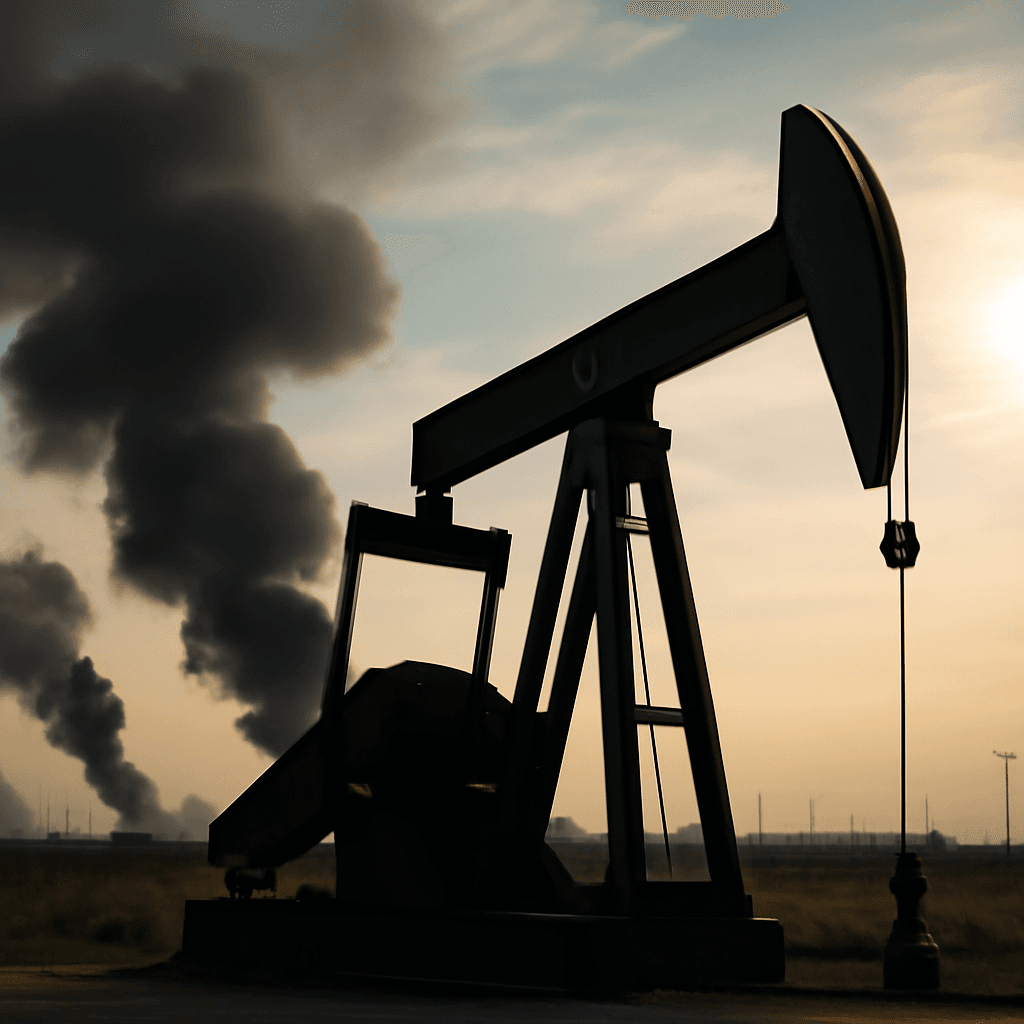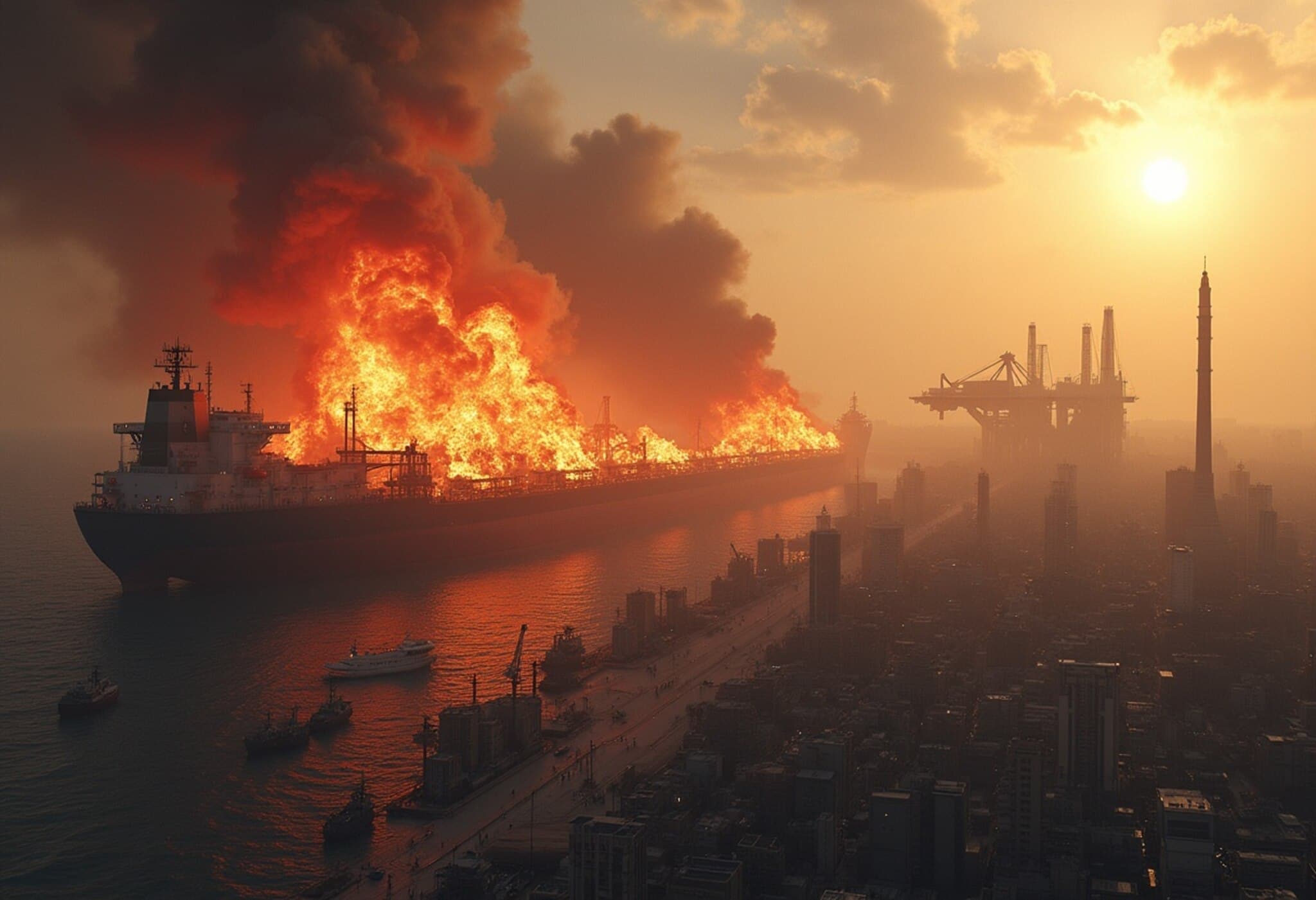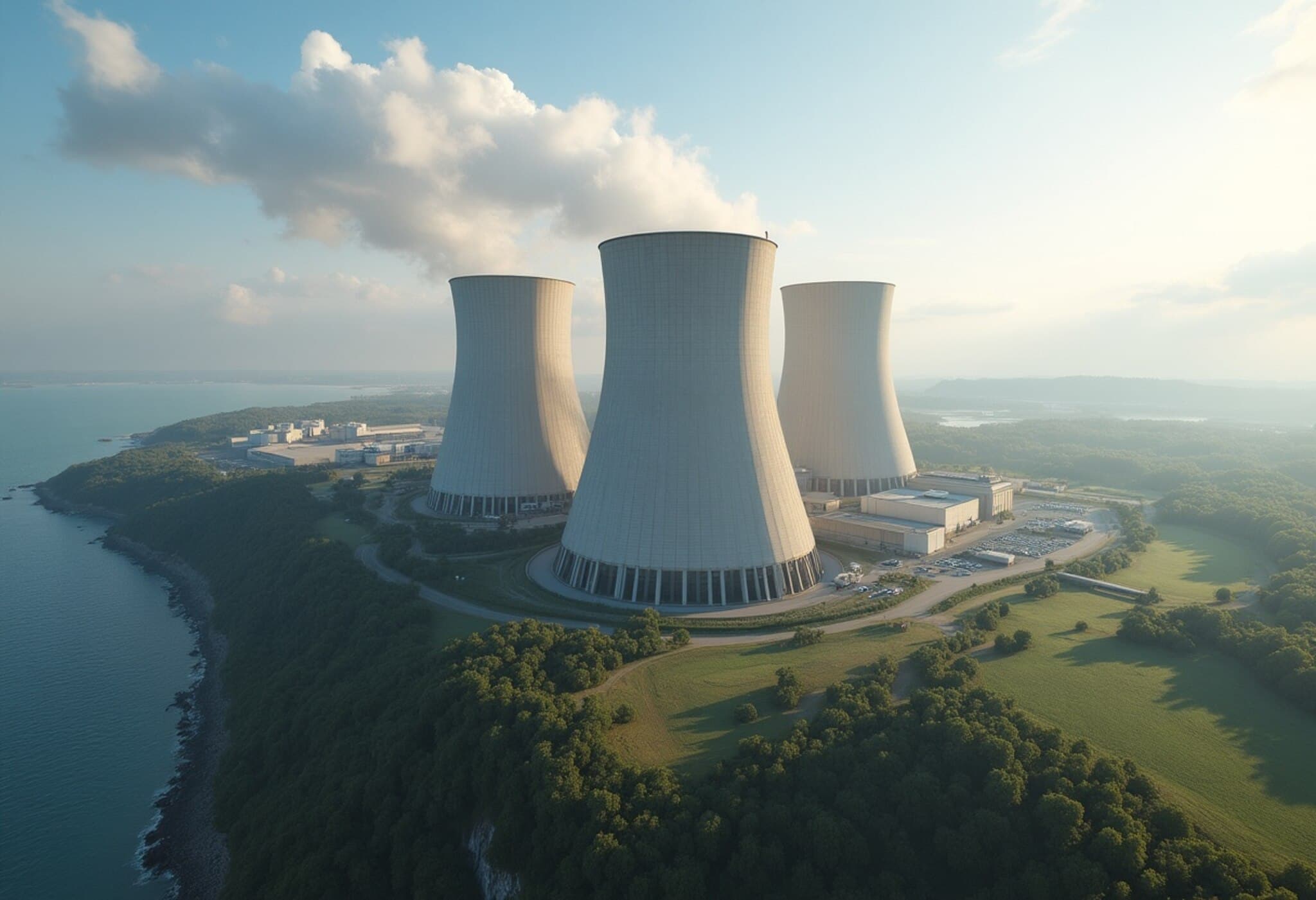Geopolitical Tensions Threaten Global Oil Markets
The escalating conflict between Israel and Iran is sending shockwaves through global oil markets. Major financial institutions, including Goldman Sachs, warn that the crisis could trigger a sharp rise in oil prices, potentially adding about $10 per barrel to Brent crude prices.
Goldman Sachs Revises Oil Price Outlook Amid Rising Risks
Goldman Sachs recently updated its outlook on geopolitical risks surrounding crude oil, predicting Brent crude could surge above $85 per barrel, climbing from levels previously situated in the mid-$70s. If the conflict disrupts Iranian oil supply more severely, prices may spike beyond $90 per barrel, intensifying concerns over energy market stability.
The bank spotlighted vulnerabilities at key maritime chokepoints such as the Bab el-Mandeb Strait, a critical oil transit route previously targeted by hostile actors in the region. These flashpoints underscore the fragility of energy infrastructure amid widening hostilities.
US Intervention Threat Heightens Market Anxiety
Adding to investors’ nerves is the looming possibility of the United States entering the confrontation. Mixed signals from political leaders have injected uncertainty, with ambiguous statements hinting at potential military action. This hesitancy keeps traders cautious—prices initially dipped amid the ambiguity before surging in response to escalating conflict.
Rapid Escalation Fuels a Price Surge
Following direct Israeli attacks on Iranian nuclear facilities and retaliatory Iranian missile strikes, including an assault on an Israeli hospital, oil prices jumped nearly 3% on June 19. Brent crude closed at $78.85 per barrel—its highest level since January—while West Texas Intermediate (WTI) advanced to $77.20.
These intensified strikes shattered hopes for a brief skirmish. Israeli leadership signaled severe repercussions for Iran, while Tehran warned against external interference, implicitly referencing the US. Analysts now increasingly factor in possible US engagement, which would exacerbate risks to oil shipments and infrastructure.
Critical Chokepoints and Iran’s Key Role
Iran, producing about 3.3 million barrels per day, plays a pivotal role in global oil supply, especially to China, which imports around 2 million barrels daily from Tehran. The Strait of Hormuz—a narrow but essential shipping lane bordering southern Iran—channels between 18 and 21 million barrels of oil and products every day.
Experts warn that if Iran faces existential threats, it may target this passage or energy infrastructure, compounding market fears. A complete closure could trigger unprecedented price volatility, with some forecasts projecting crude prices soaring to between $120 and $130 per barrel in a worst-case scenario.
Market Sentiment Shifts as Risk Premium Grows
Goldman Sachs asserts a $10 per barrel geopolitical risk premium is justified given the reduced availability of Iranian oil and the possibility of a broader supply crisis. Other analysts echo this caution, suggesting Brent crude could surpass $85 if Iranian exports are halved, and push beyond $100 if conflict spreads regionally.
Market observers note a prior complacency around geopolitical risks has evaporated, with the current volatility likely to sustain higher oil prices amidst ongoing uncertainty.
Will the Price Spike Be Temporary?
Despite the sharp price increases, some experts argue this surge may be short-lived. They caution that sustained high oil prices could dampen global economic growth and reduce demand. Once tensions ease, the added war-related price premium is expected to subside, potentially returning prices to more moderate levels.
However, with no clear resolution in sight and the US stance still undecided, markets remain on edge, bracing for further fluctuations.
OPEC+ Advises Stability Amid Rising Demand
In response to the turmoil, Russian Deputy Prime Minister urged OPEC+ nations not to overreact, encouraging producers to maintain planned supply increases to meet seasonal demand. This stance aims to moderate price swings and reassure markets, though it remains uncertain if higher output alone can offset geopolitical pressures driving prices upward.
Energy Markets at a Crossroads
The escalating Israel-Iran conflict stands as a potential turning point for global energy markets, introducing new layers of risk and uncertainty. Analysts widely acknowledge a growing war risk premium, with oil prices edging closer to triple digits if hostilities intensify further.
The possibility of US involvement could dramatically alter the landscape, threatening vital shipping routes and exports. Whether prices stabilize or surge beyond historic highs will hinge on evolving on-the-ground developments and crucial policy decisions in Washington.

